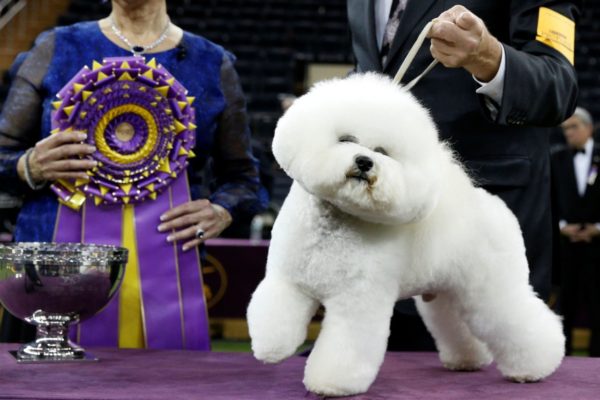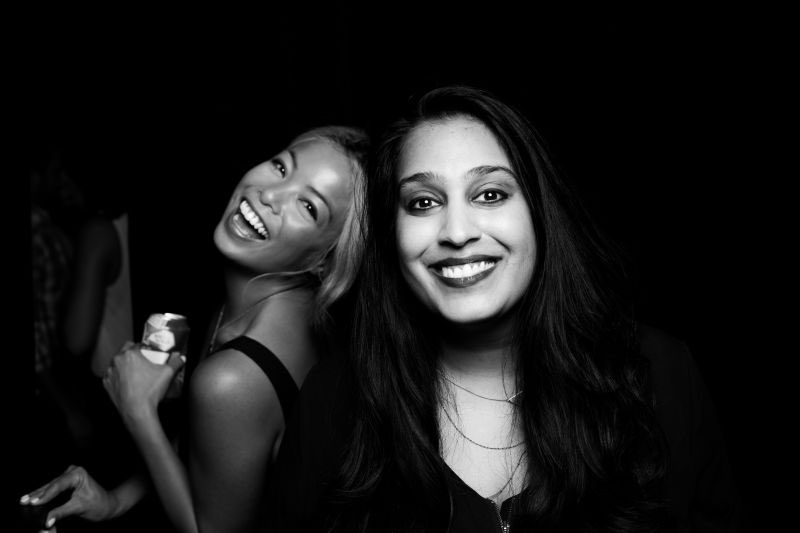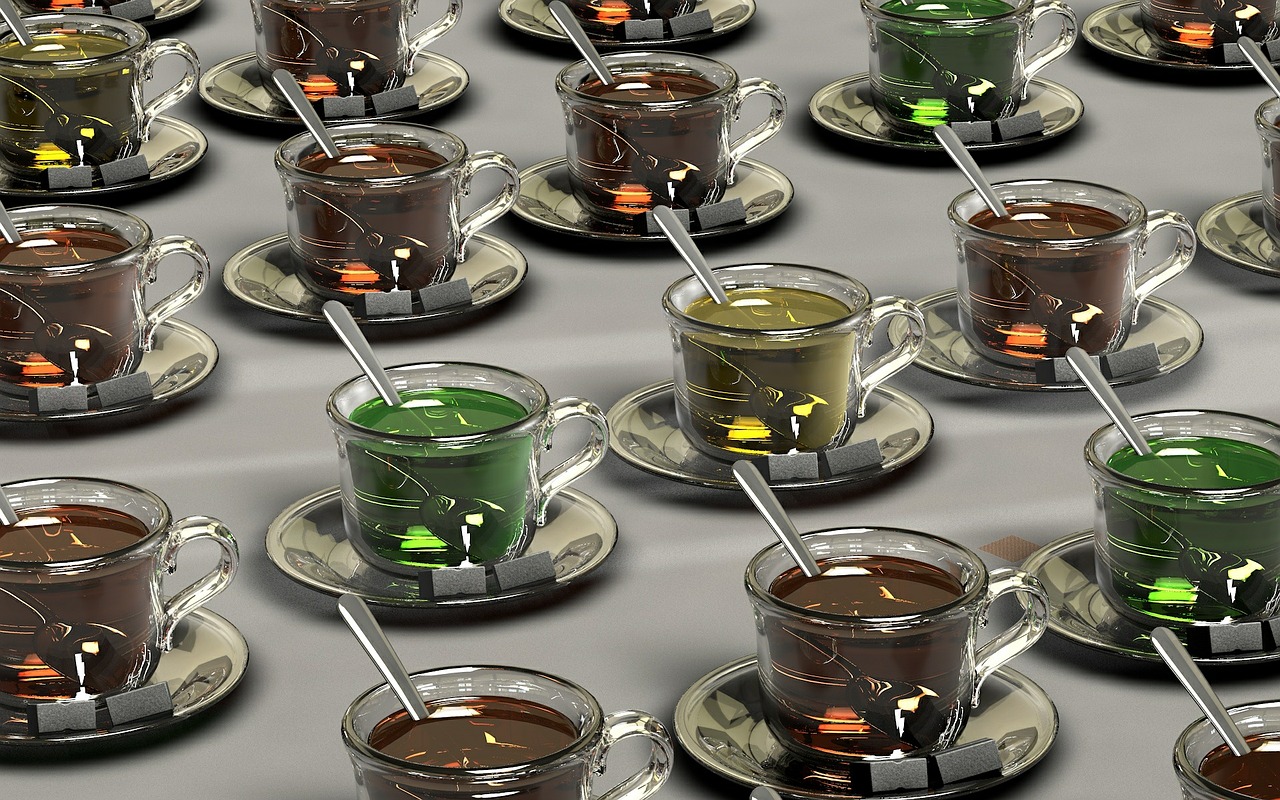For its 142nd dog show, the Westminster Kennel Club has swathed Madison Square Garden in yellow and purple. The megawatt lights are bright as noonday sun on the patch of AstroTurf planted in the middle of the court where the dogs are judged. On the green there are huge bouquets of flowers and an automated camera the size and shape of R2-D2 with a yellow scarf thrown over its head.
Over 2,800 dogs from 201 breeds have come to New York City to compete for the ultimate title of “Best in Show” and a prize of $0. The Dog show lasts two days, consisting of daytime competitions at Piers 92/94 and nighttime judging at the Garden. When it began in 1877, some of the original prizes included a revolver and opera glasses. It is second only to the Kentucky Derby as America’s longest running sporting event. The Fox Terrier that won the first Best in Show in 1907 was a dog bred to hunt foxes. Since then, a lot has changed. The dogs are now shown by professional handlers, who represent upwards of four or five owners to help cover show expenses totaling anywhere between $50-100,000 a year.
We too have changed. The latest US census classified 16% of the population as rural and only 2% as farmers, who, along with the landowning elite, traditionally employed the services of dogs. Many of the working dog owners I talked with highlighted their breed’s worthiness as therapy dogs above their traditional function as guard dogs (or rescue dogs or hunting dogs, etc,). The US Border Collie Club unleashed an anti-American Kennel Club campaign in 1999 in reaction to an overemphasis on cosmetic traits, which they feared would jeopardize the instinctual herding abilities of the Collie. This same fear, that Kennel Club members will not breed for behavior, pertains to all the service dogs in the ring. Having had the pleasure of working alongside a few dogs myself, I have come especially to see the big working dogs, off the farm and in the show.
When I arrive, Nickelback is blasting overhead between the judging of the Hounds and Toy Group. When the Toy Group is called to the ring, the twenty-three dogs are marched onto the green into a large semicircle and judged to the strict cosmetic standard of their various breeds. All the female handlers wear pencil skirts and jackets, the men, suits. Bright colors and sequins are popular. Brushes are tucked in the back band of pants. Treats are held between trainers’ lips so that they keep passing their hands between their mouth and their dogs, directing the dog’s gaze toward the judge and cajoling them to sit obediently in a fixed spot.
“The origin of the Chihuahua is a mystery,” says the announcer, Michael Lafave,
while the judge inspects the Chihuahua simultaneously splashed across jumbotrons. The Chihuahua’s handler holds his leash straight up in the air tugging the dog’s head up in a position of pride while he trots the animal back and forth for inspection. When a Pomeranian parades around the ring the journalist next to me, here to report on hunting dogs, loses it. “Oh oh ahaha! How can you not!” she shrieks. In the end Biggie, a musclebound pug from North Carolina, wins the category. “Oh my god, this is a dream come true,” Biggie’s handler, Esteban Farias, says into a microphone beginning to cry.
It is ten-thirty on a Monday night and people in the press pit have begun to pour Tic Tacs into their mouths. As the audience thins out, Flynn, a Bichon Frise wins the Non-Sporting Group, “Giving the appearance of a living powder puff,” the announcer says, reading from the breed standards. With the undersized dog hanging from his arm, Flynn’s handler, Bill McFadden, says into the mic, “You just hold on to dear life and hope it works out…You just have to kind of go Zen.”
The Herding Group goes last, but is given a grand introduction. They “gave man his present status…with the ability to own hundreds of livestock”. The group as a whole regard their handlers with far greater intensity than the toy breeds. Slick, a Border Collie, stares at the bald head of his handler while the judge circles his brushed-out coat. “They are perfect for the farm, but not the apartment,” the announcer chimes in.
It is Tuesday at Pier 92/94 on the second day of Westminster. I walk through rows of kennels and talk to various owners of large dogs here competing to make it into the Working Dog category at the Garden tonight. Catherine Straiton of Vermont is here with Titan, a Great Pyrenees, a long-haired white dog that is exceedingly sweet and 150 pounds. Straiton calls herself a preservation breeder, she breeds for the mental and physical ability of a guard dog. “The Pyr has to be graceful enough, strong enough to take on a coyote, a wolf, you get two or three together, a bear.”
Jen Jones sits with her Saint Bernard outside his crate, while he lies around and entertains admirers. “He’s a loyal mamma’s boy that goes to shows,” she tells me wiping his jowls with a washcloth, “the sporting dogs have these big personalities, these guys aren’t supposed to have that.” At one-hundred eighty pounds, Jones adds, “I think temperament in a dog this size is really important.”
Maureen McGuire, here with her Mastiff, edging up the scale at 235 pounds, reaffirms the principles of the other working dog breeders: “We breed for temperament first every single time. If you breed a good tempered dog they can be a pet, they can be a therapy dog or a show dog.” Maureen has MS and uses her Mastiff as a service dog. He steadies her when she falters and is expert at wedging his heavy body between her kids when they fight. Another breeder I talk to with a Russian Mastiff has a slightly grander view, recounting their history fighting lions in the Colosseum.
Doggy hairspray thickens the air and vacuum cleaners shudder on and off around the Bernese Mountain Dogs preparing for best of breed judging. Professional groomers patiently assess their charges by the square inch. The Bernese are judged by a man in a Western suit, who takes so long to deliberate that the dogs sleep in the ring while their owners spritz them with water.
Everyone at the piers, handlers and sales people and security guards, are losing their voices. By four PM owners begin to pack up their dogs and supplies onto dollies to catch the shuttle bus to the Garden. Seven more hours until Best in Show will be named.
That night the Madison Square Garden judging begins with the Sporting Dogs. A man walks the bleachers hawking the show guidebook, “Get your daily doggy diary, get your pow-wow bible, get your beagle bugle”.
When the Working Dogs are summoned to the ring Thor, a Boxer, lunges at the judge as the announcer describes the breed as “a guard dog for the family.” The Pyrenees’ handler with slicked hair surveys the stadium, looking like a smalltime singer. His red pocket square flashes the crowd when he turns to lead Marco, the Pyr, across the floor. Marco is my favorite and he trots with dignity to a tinkling of applause. “Livestock guardians and loyal family companions, once owned by King Louis XIV,” the announcer booms while the trainer discreetly mists Marco’s long white hair. Next, the Mastiff pounds across the floor. “Look at the Mastiffs and you are seeing one of the most important dogs in existence!” His drool flies behind his oversized velveteen jowls like streamers on a bike. The crowd cheers. The shine of coats and spittle is not done justice by the TV cameras. Ty (full name: “Tynan Dances with Wildflowers”), a Giant Schnauzer wins, a German breed of comparatively brief historical utility as a guard dog.
After a Norfolk takes Best of Terriers all of the oversized floral displays are removed. Like the show, the bouquets are exemplary, each containing an overabundance of varieties: goldenrod, foxglove, peony. As a species, domestic dogs are approximately 15,000 years old, and in that time they have displayed the greatest range of shapes of any mammal, many of which are present in extravagant display tonight.
Once the floor is cleared, the Best in Show judging proceeds in front of a half empty stadium. People start screaming “Dim the lights!” and calling out “Biggie” for the pug in the running. I keep looking over at a woman in the VIP section to make sure she is not Melania Trump. I want Slick, the Border Collie, a gallant herding dog, shown by a former bull rider, to win.
Betty-Anne Stenmark, bedazzled in a mock Hope Diamond, judges this final round between the seven remaining dogs. Pausing lightly in front of each dog in the running, she has a soft medical touch, examining heads, teeth behind lips, the ridges of the back and the rumps of dogs. She watches as the animals parade in front of her. With a quiet smile she crosses the green and writes the winning dog’s name in an official record book. Two boys stand by, holding silver cups and giant ribbons as part of the pageantry. The Judge speaks into a microphone, “I love all dogs… but this is a special celebration of purebred dogs, the best of the best,” and with a pause she announces, “Best in Show at the 142nd annual Westminster Kennel Club will be the Bichon Frise!”
Bill McFadden, the Frise’s handler, kneels and looks into the coiffed ten-pound dog’s eyes before embracing the gaggle of handlers around him. “I came in expecting nothing,” he says breathlessly into the microphone “and I knew that she would fall in love with one dog…and um, it just, it’s magical.”
Less industrious than the Border Collie, maybe it is better off this “non-sporting dog” won. Flynn’s sperm will be frozen and sold, there will be a spike in Bichon Frise puppy sales and the people will get what they want, a devoted companion on permanent vacation.




